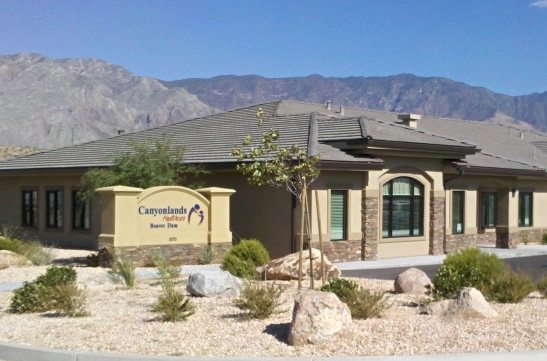The Health Resources and Services Administration recently awarded $3 million to rural communities in eight states to reduce opioid overdoses.
Nisha Patel, with the Federal Office of Rural Health Policy at the Health Resources and Services Administration, says drug related deaths are 45% higher in rural communities than in urban areas. State health officials cautioned that last year’s death toll might actually be higher because of a lag in reporting deaths.
In 2016, 790 Arizonans died from opioid overdoses—an average of more than two people per day. In response, Gov. Doug Ducey declared a public-health emergency that seeks to bolster the state’s efforts to counter the epidemic. The declaration came after the Arizona Department of Health Services released a report showing an average of more than two deaths per day from prescription opioid or heroin overdoses — a 74% surge since 2012.

“What we’ve learned from our research in rural is that while men are using opioids more, women are dying more,” Nisha Patel, Federal Office of Rural Health Policy
The funding in Arizona will serve nine rural counties, including Apache, Navajo, and La Paz. The $3 million will fund education, community outreach, healthcare providers, and distribution of naloxone, the emergency opioid overdose treatment. But Patel said a main focus of the grant in Arizona will be on women.
“[It’s] definitely hard for people to be able to access and find treatment,” Patel said. “It’s hard for responders to reach individuals as they’re overdosing because of the geography and the transportation sort of challenges. But then also the stigma in rural is far more significant than it is in an urban area.” — Nisha Patel, Federal Office of Rural Health Policy

Canyonlands Healthcare in Beaver Dam, AZ is one of the locations which will receive funding from HRSA






